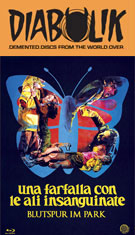
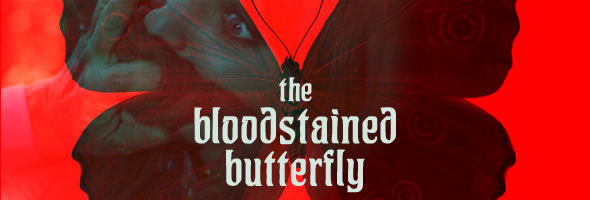


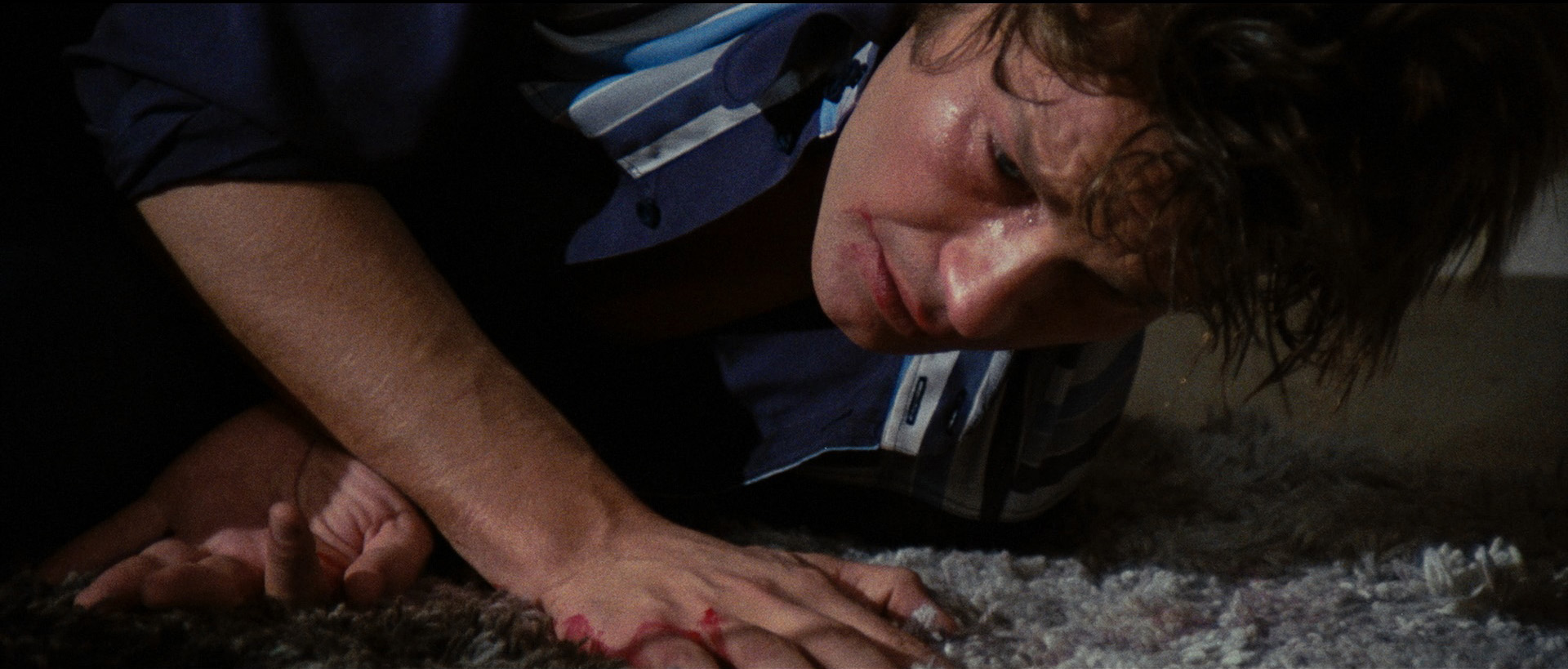
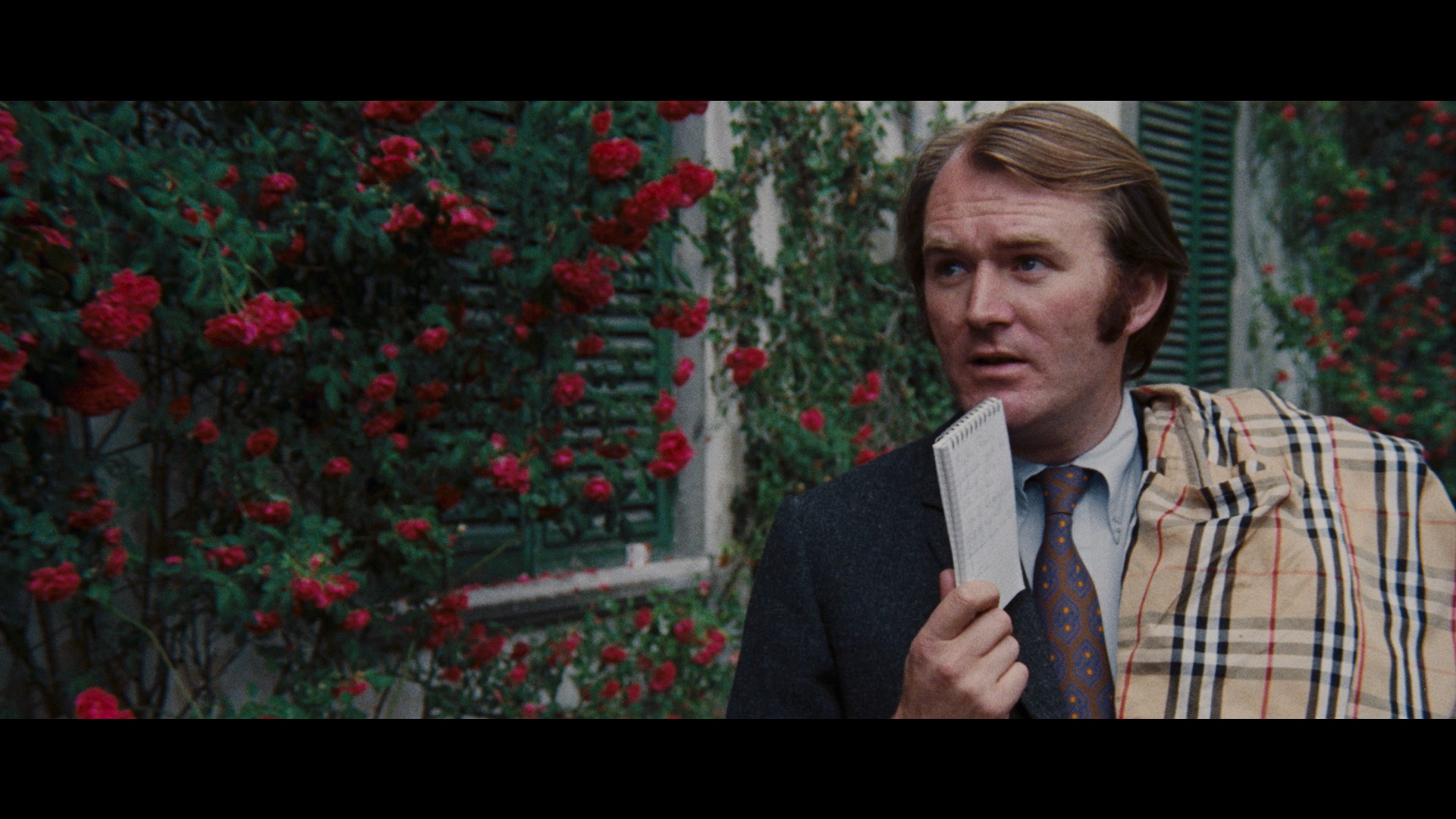 The early '70s was easily the most ridiculously overstuffed period in the history of the Italian thrillers known as the giallo, with a new title popping up every week of two well into 1972. It was inevitable that a few worthy films would get lost in the shuffle, and to an extent that was the fate of The Bloodstained Butterfly, an intriguing mixture of slasher shocker, courtroom thriller, and cop procedural. The title might indicate this is an imitation of Dario Argento's legendary animal trilogy, but if anything it's a throwback to the bourgeois gialli of the late '60s with a more grounded plot and relatively realistic characters stuck in a mystery that seems to have no solution... until it suddenly does. Director Duccio Tessari is far better known for his spaghetti westerns and action films (including the two Ringo oaters), but he turns out to be pretty proficient at gialli as well thanks to this film, 1970's Death Occurred Last Night, and the wonderful, very underrated Puzzle from 1974.
The early '70s was easily the most ridiculously overstuffed period in the history of the Italian thrillers known as the giallo, with a new title popping up every week of two well into 1972. It was inevitable that a few worthy films would get lost in the shuffle, and to an extent that was the fate of The Bloodstained Butterfly, an intriguing mixture of slasher shocker, courtroom thriller, and cop procedural. The title might indicate this is an imitation of Dario Argento's legendary animal trilogy, but if anything it's a throwback to the bourgeois gialli of the late '60s with a more grounded plot and relatively realistic characters stuck in a mystery that seems to have no solution... until it suddenly does. Director Duccio Tessari is far better known for his spaghetti westerns and action films (including the two Ringo oaters), but he turns out to be pretty proficient at gialli as well thanks to this film, 1970's Death Occurred Last Night, and the wonderful, very underrated Puzzle from 1974.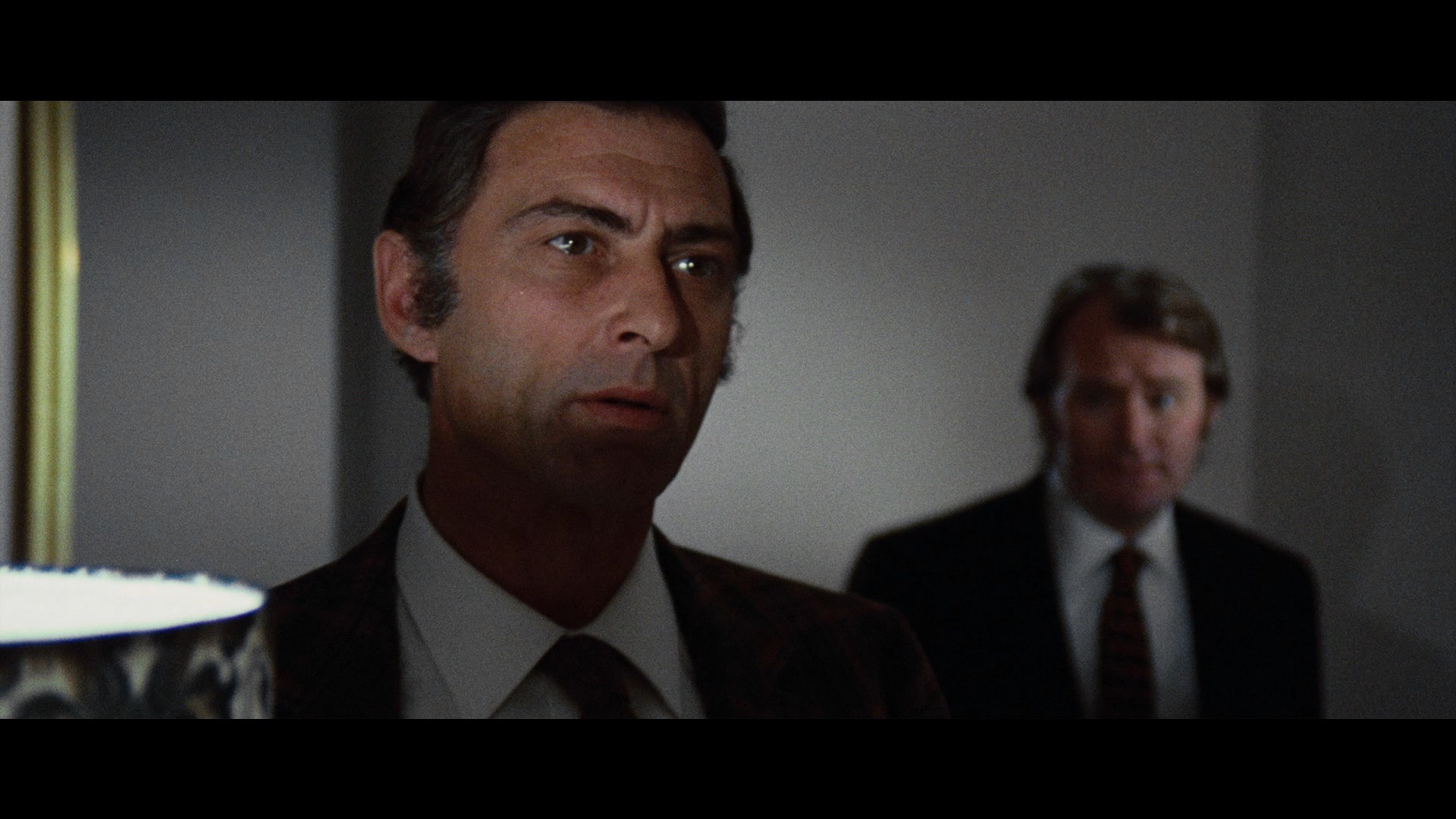
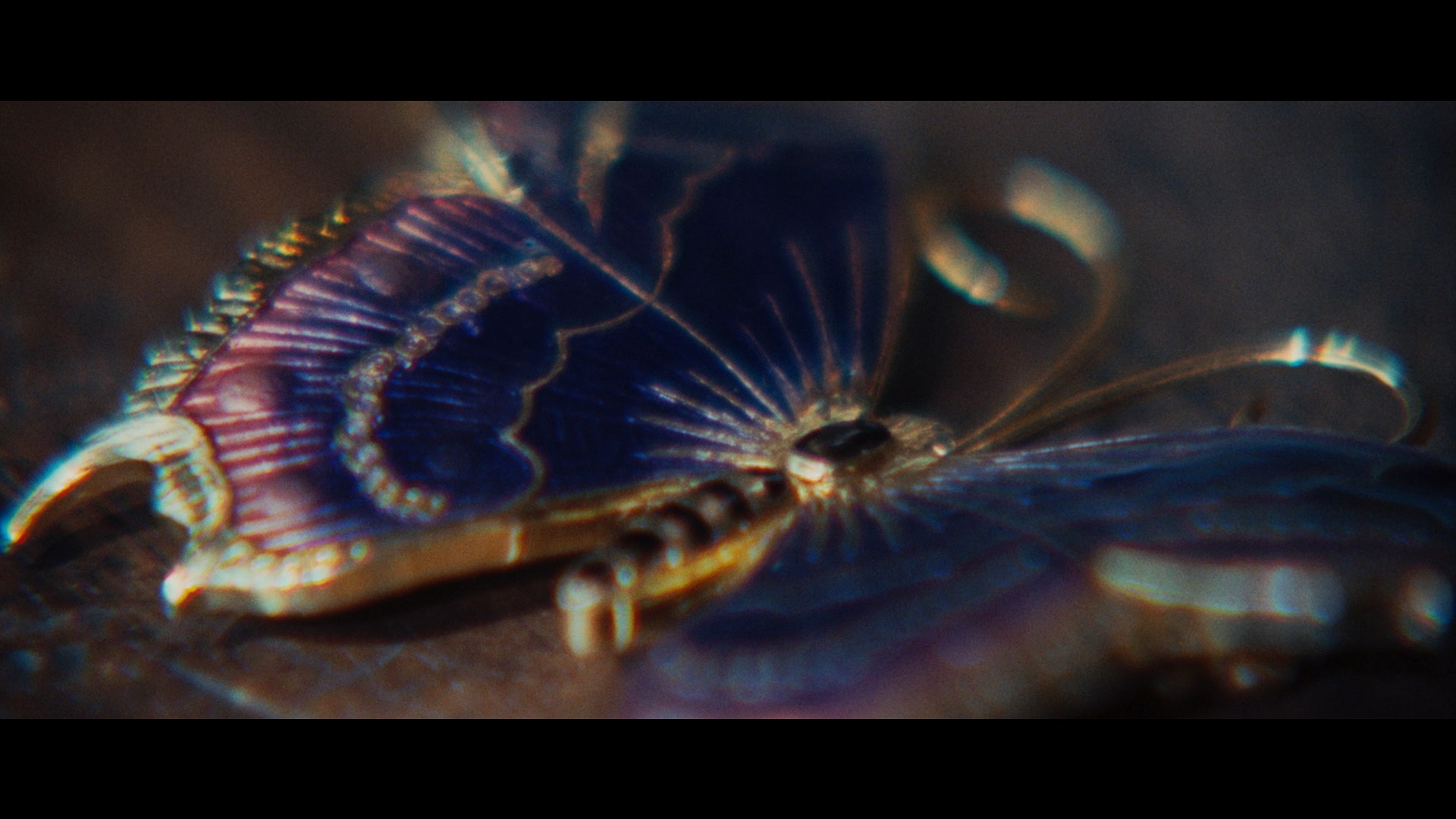 Complex and engrossing, this film features a number of novel ideas including an unusual time-jumping structure, a very stylish opening credit sequence (followed by handy intros to each character), and a killer of a jazzy, funky soundtrack from the great Gianni Ferrio that weaves the same Tchaikovsky piece from the previous year's Weekend Murders to very different effect. Top-billed Berger actually sits out large portions of the film, though what he has is absolutely essential; along with that you get a few familiar faces including the busy Evelyn Stewart (who made this in between The Case of the Scorpion's Tail and Knife of Ice) and a fun role for Silvano Tranquilli (Black Belly of the Tarantula) as a java-obsessed police inspector.
Complex and engrossing, this film features a number of novel ideas including an unusual time-jumping structure, a very stylish opening credit sequence (followed by handy intros to each character), and a killer of a jazzy, funky soundtrack from the great Gianni Ferrio that weaves the same Tchaikovsky piece from the previous year's Weekend Murders to very different effect. Top-billed Berger actually sits out large portions of the film, though what he has is absolutely essential; along with that you get a few familiar faces including the busy Evelyn Stewart (who made this in between The Case of the Scorpion's Tail and Knife of Ice) and a fun role for Silvano Tranquilli (Black Belly of the Tarantula) as a java-obsessed police inspector. 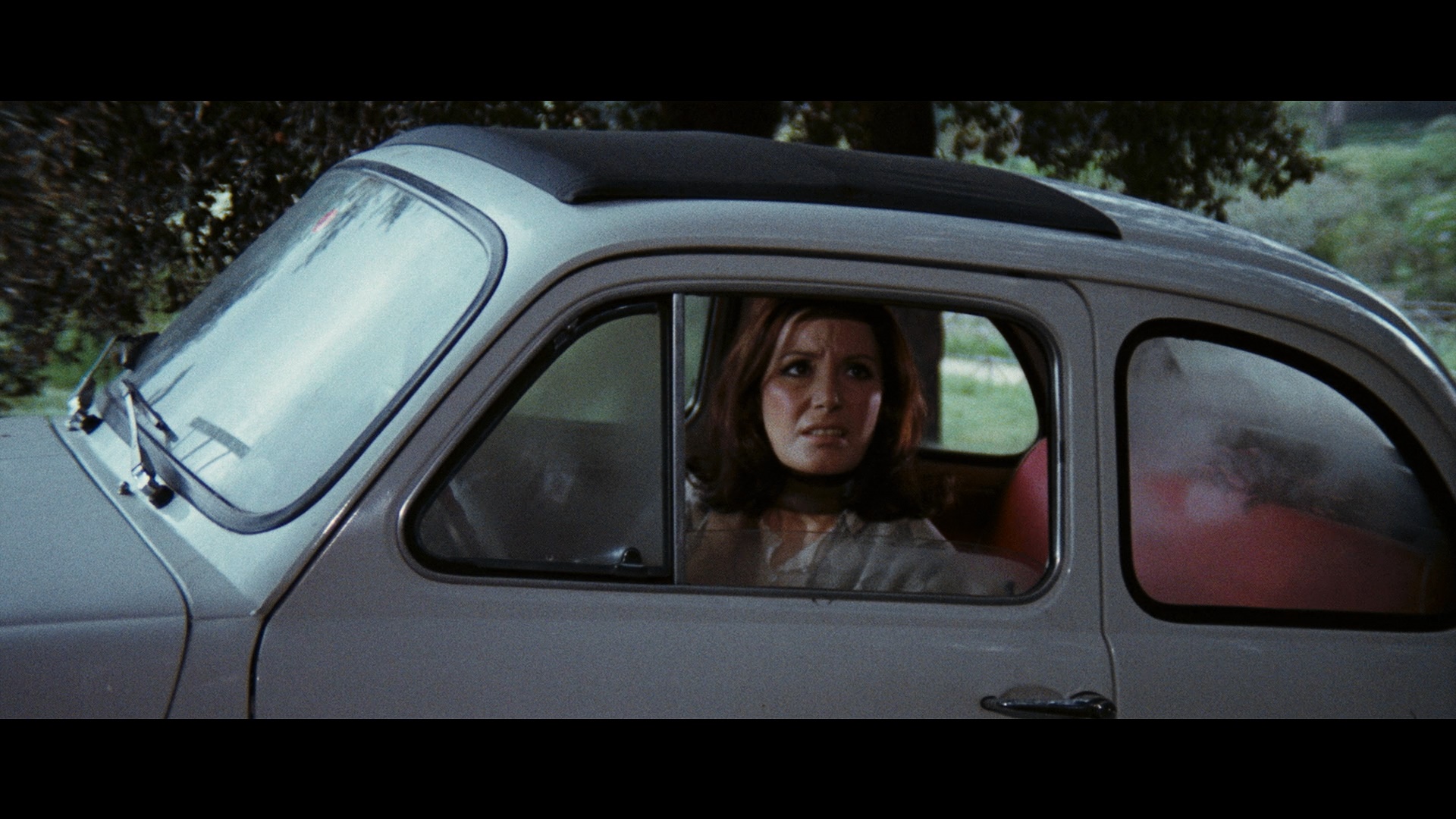
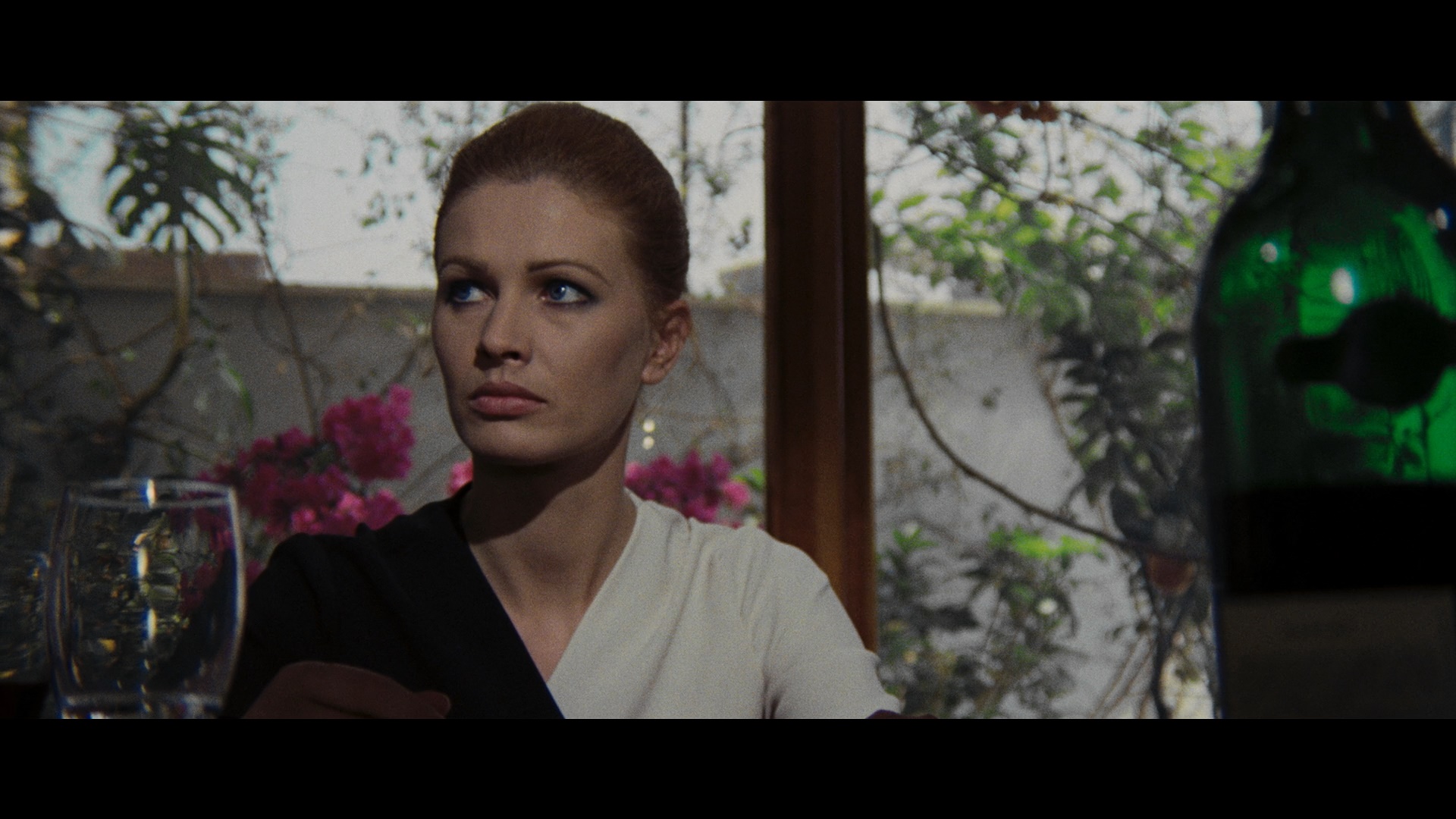 The usual giallo and horror commentary team of Alan Jones and Kim Newman returns here for another amusing and fact-packed track as they explore why they love this film so much for how it tweaks the conventions of what was still a fairly new cinematic craze sweeping Italy. They spend quite a bit of time talking about Tessari's directorial style (and his fondness for carnations as well as his cameo here), with good info about the rest of the cast and crew as well. The 26-minute "Murder in B-Flat Minor" contains a fast-paced and enjoyable verbal essay about the film accompanied by clips and stills courtesy of Troy Howarth, who mainly focuses on Tessari's work in and out of the giallo and points out how he deserves to be remembered more among film buffs. He also makes a case for how this film's emotional impact and visual style counteracts the deliberate absence of the usual tropes like black-gloved killers and topless women, while also pointing out the amusing touch of a yellow-clad child as a pivotal suspect. The surprisingly robust, 55-minute Freak-o-Rama featurette "A Butterfly Named Evelyn" features an interview with the fascinating Evelyn Stewart (real name: Ida Galli) chatting in Italian with English subtitles about her entire career from childhood through her slew of gialli for directors like Lucio Fulci ("a happy man" but "quite demanding") and Umberto Lenzi (a good friend, but "strict") as well as roles in films like La Dolce Vita and The Leopard, noting that she very rarely had to audition and rarely saw her own films since she was always bouncing from one set to another. Definitely worth watching, especially for giallo junkies who always wanted to know more about one of its most familiar faces. Be sure to catch the funny story about how she and Fulci accidentally messed up one of the scenes from The Psychic, too. In "Me and Duccio," his wife, actress Lorella De Luca, spends 8 minutes recalling her rapport with
The usual giallo and horror commentary team of Alan Jones and Kim Newman returns here for another amusing and fact-packed track as they explore why they love this film so much for how it tweaks the conventions of what was still a fairly new cinematic craze sweeping Italy. They spend quite a bit of time talking about Tessari's directorial style (and his fondness for carnations as well as his cameo here), with good info about the rest of the cast and crew as well. The 26-minute "Murder in B-Flat Minor" contains a fast-paced and enjoyable verbal essay about the film accompanied by clips and stills courtesy of Troy Howarth, who mainly focuses on Tessari's work in and out of the giallo and points out how he deserves to be remembered more among film buffs. He also makes a case for how this film's emotional impact and visual style counteracts the deliberate absence of the usual tropes like black-gloved killers and topless women, while also pointing out the amusing touch of a yellow-clad child as a pivotal suspect. The surprisingly robust, 55-minute Freak-o-Rama featurette "A Butterfly Named Evelyn" features an interview with the fascinating Evelyn Stewart (real name: Ida Galli) chatting in Italian with English subtitles about her entire career from childhood through her slew of gialli for directors like Lucio Fulci ("a happy man" but "quite demanding") and Umberto Lenzi (a good friend, but "strict") as well as roles in films like La Dolce Vita and The Leopard, noting that she very rarely had to audition and rarely saw her own films since she was always bouncing from one set to another. Definitely worth watching, especially for giallo junkies who always wanted to know more about one of its most familiar faces. Be sure to catch the funny story about how she and Fulci accidentally messed up one of the scenes from The Psychic, too. In "Me and Duccio," his wife, actress Lorella De Luca, spends 8 minutes recalling her rapport with 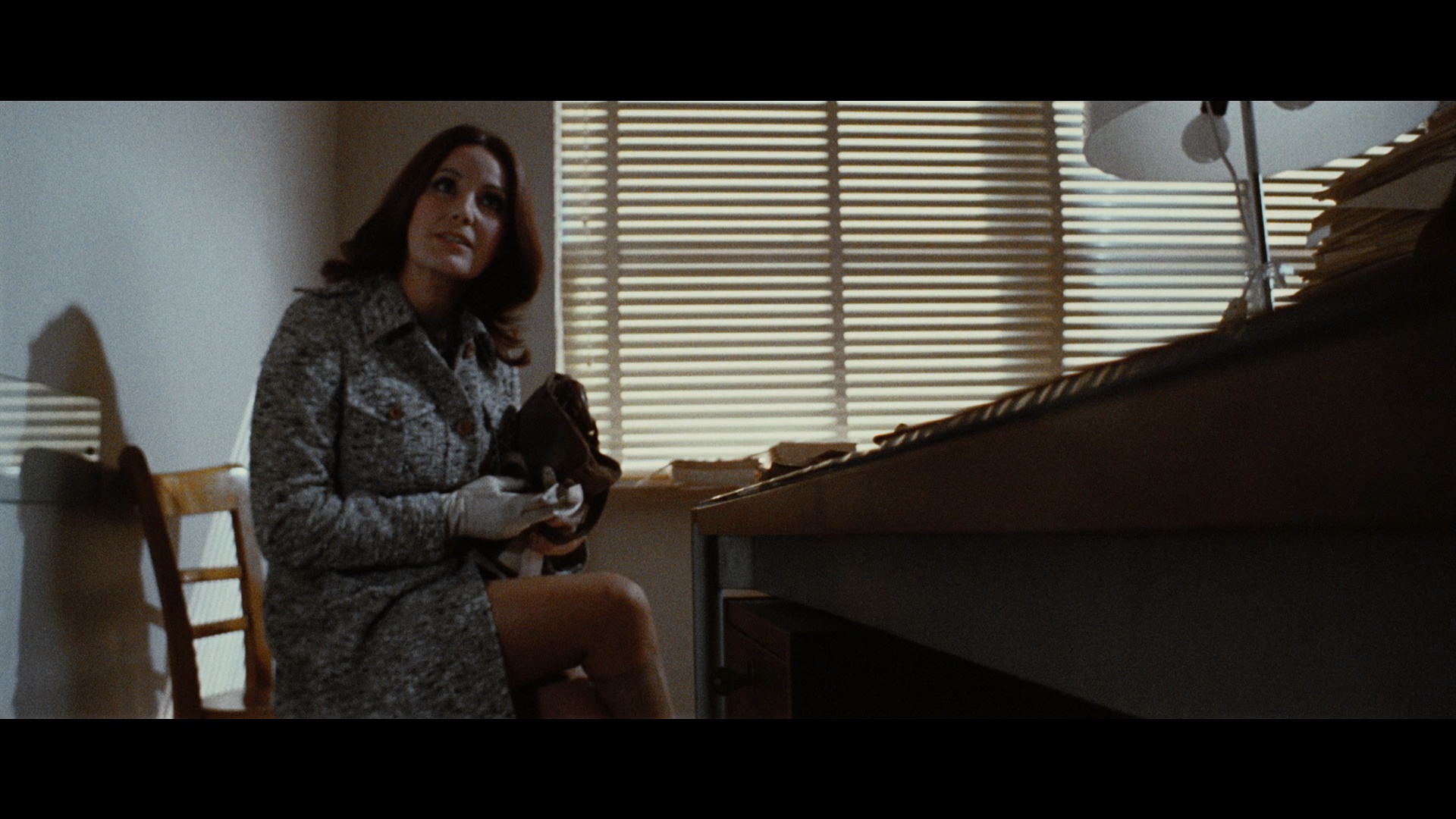 him in their work together as he progressed from a screenwriter and a
him in their work together as he progressed from a screenwriter and a 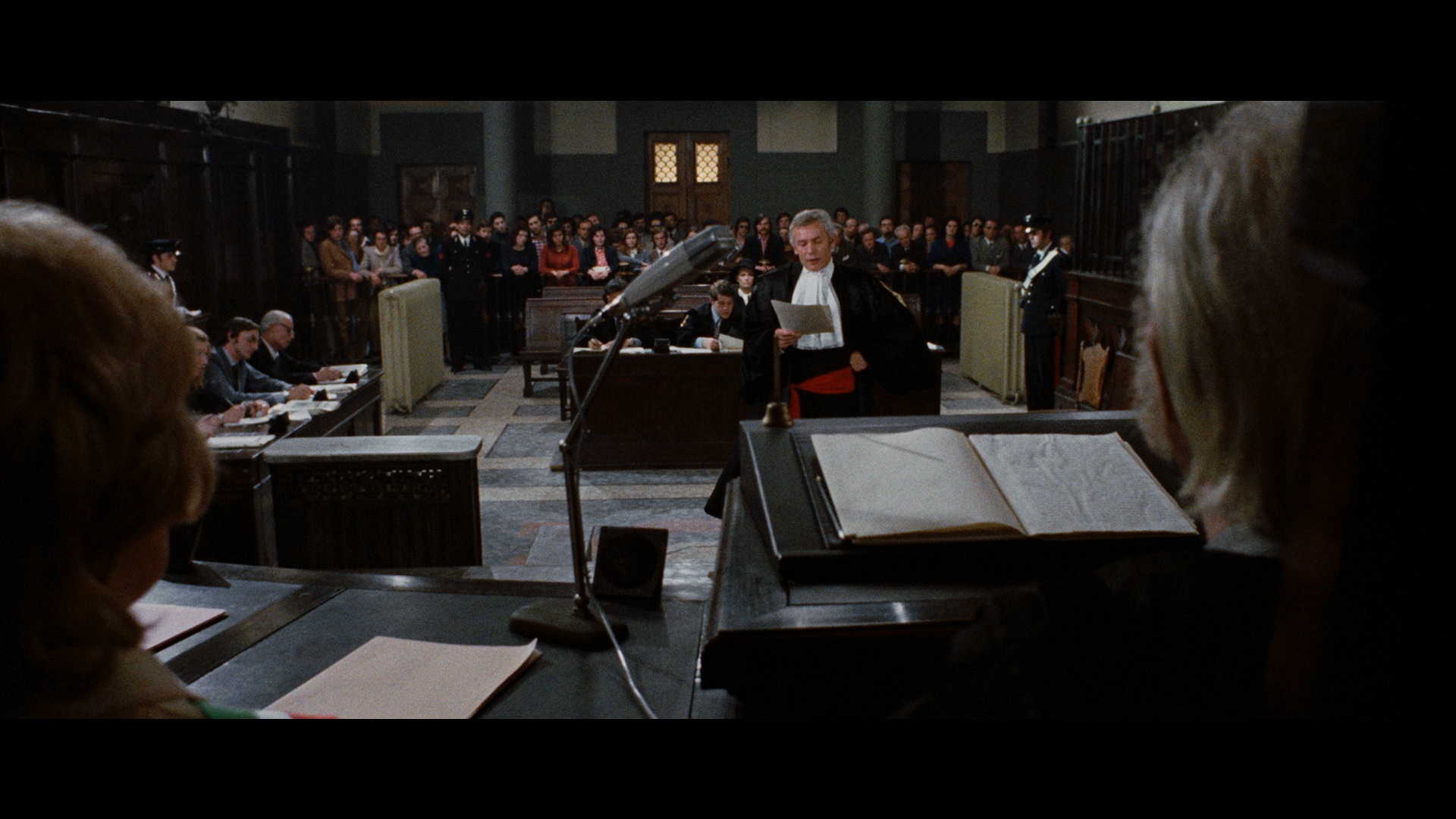 first assistant director. By far the most memorable extra here is Uwe Huber's hilariously candid and sometimes bitchy Helmut Berger interview, "Mad Dog Helmut" (17 mins.), in which the Euro cinema icon touches on his horror and exploitation work (with only one passing bit about Visconti) including Salon Kitty, his refusal to star in Caligula, and a very quotable bit about Dorian Gray and his two Hollywood-bred fellow stars on that film. Berger doesn't seem all that enamored of Tessari (calling him a craftsman instead of an artist), but as he also notes in an optional intro to the feature itself, they all gave it their best. Also included are a gallery of stills and posters and the rare Italian and English theatrical trailers (which are cut identically). The usual reversible sleeve options contain the Italian poster art and a new design by Matthew Griffin, while the first pressing also has a booklet with essays by James Blackford, Howard Hughes and Leonard Jacobs.
first assistant director. By far the most memorable extra here is Uwe Huber's hilariously candid and sometimes bitchy Helmut Berger interview, "Mad Dog Helmut" (17 mins.), in which the Euro cinema icon touches on his horror and exploitation work (with only one passing bit about Visconti) including Salon Kitty, his refusal to star in Caligula, and a very quotable bit about Dorian Gray and his two Hollywood-bred fellow stars on that film. Berger doesn't seem all that enamored of Tessari (calling him a craftsman instead of an artist), but as he also notes in an optional intro to the feature itself, they all gave it their best. Also included are a gallery of stills and posters and the rare Italian and English theatrical trailers (which are cut identically). The usual reversible sleeve options contain the Italian poster art and a new design by Matthew Griffin, while the first pressing also has a booklet with essays by James Blackford, Howard Hughes and Leonard Jacobs.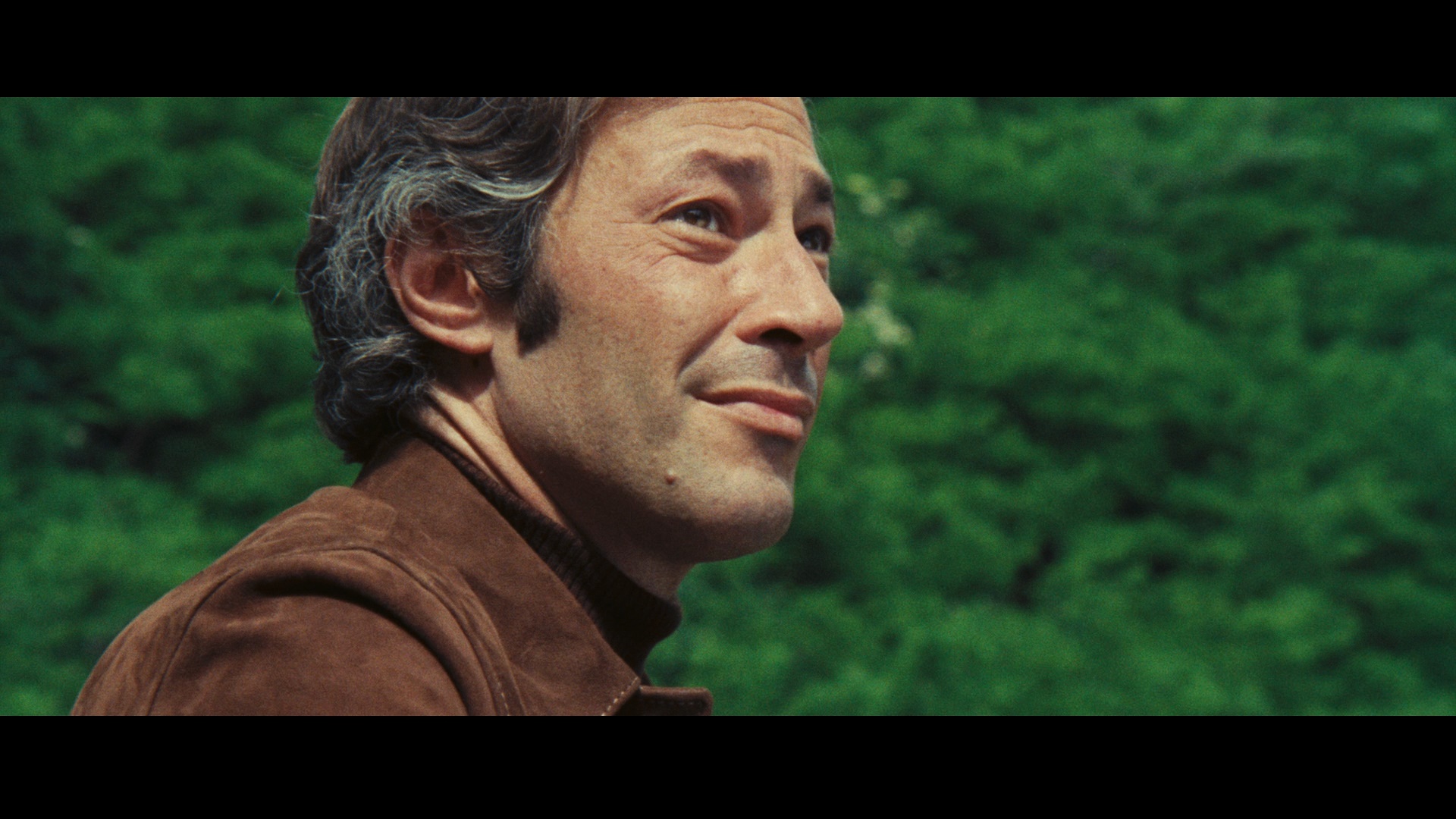
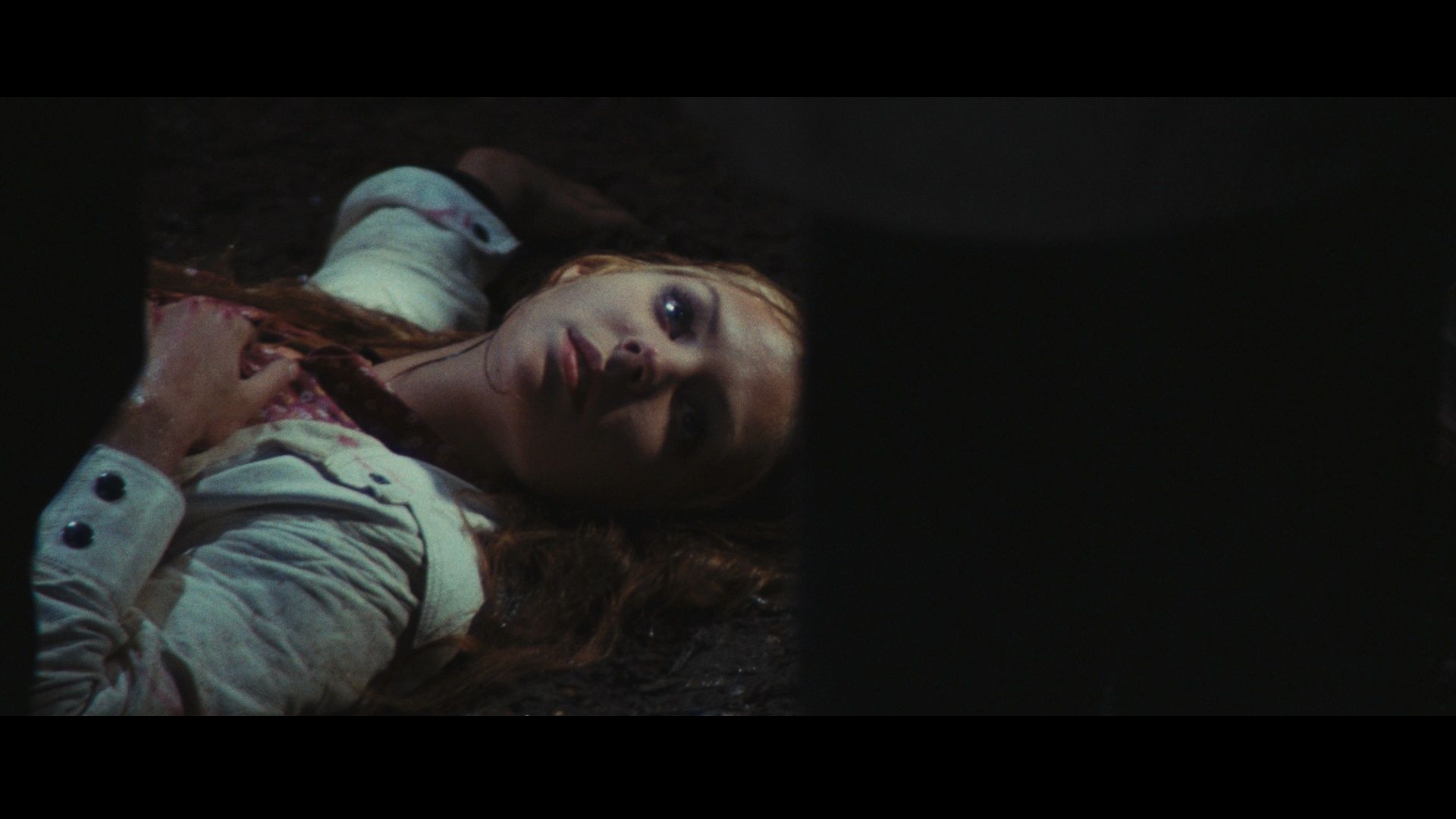
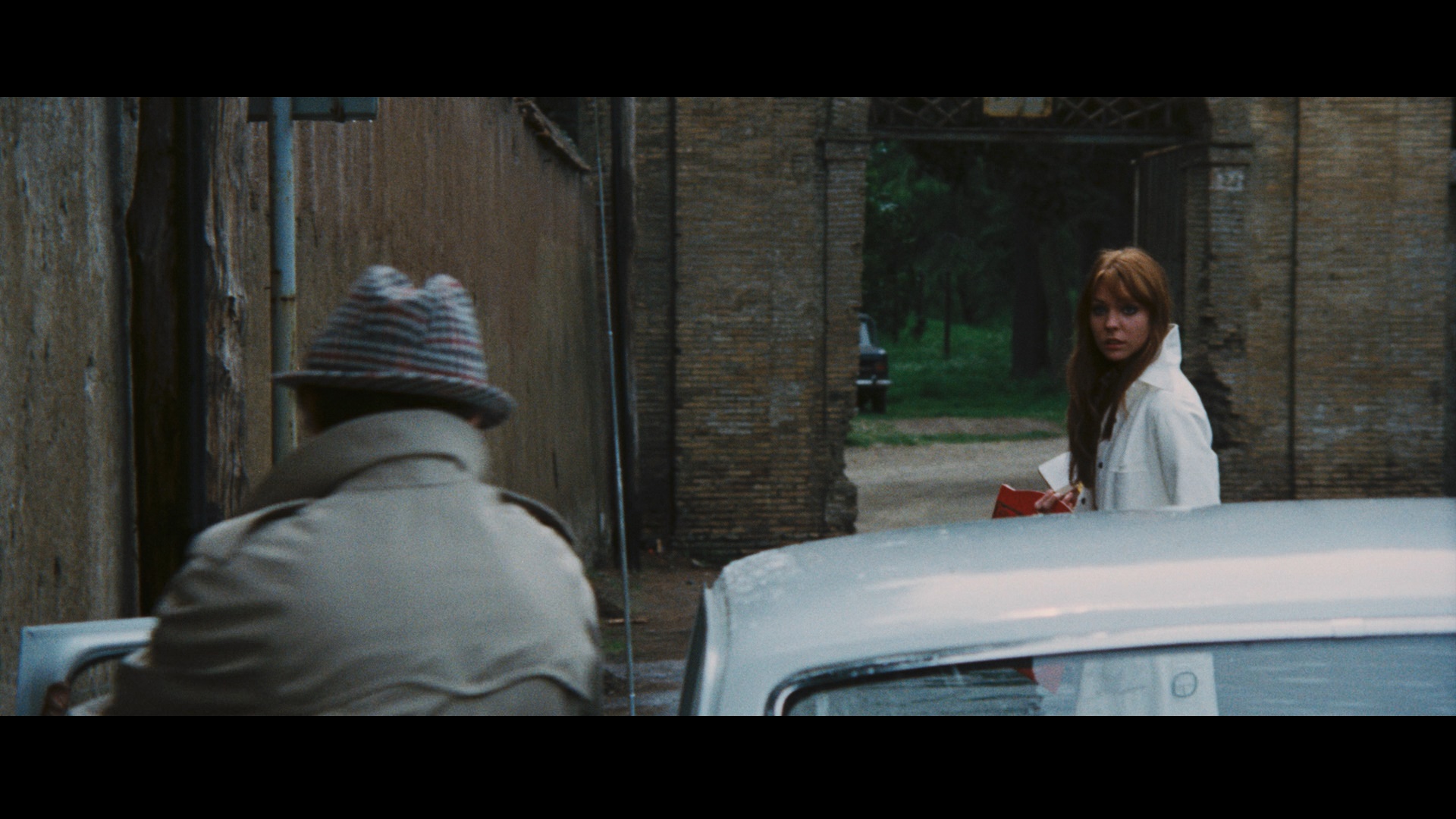
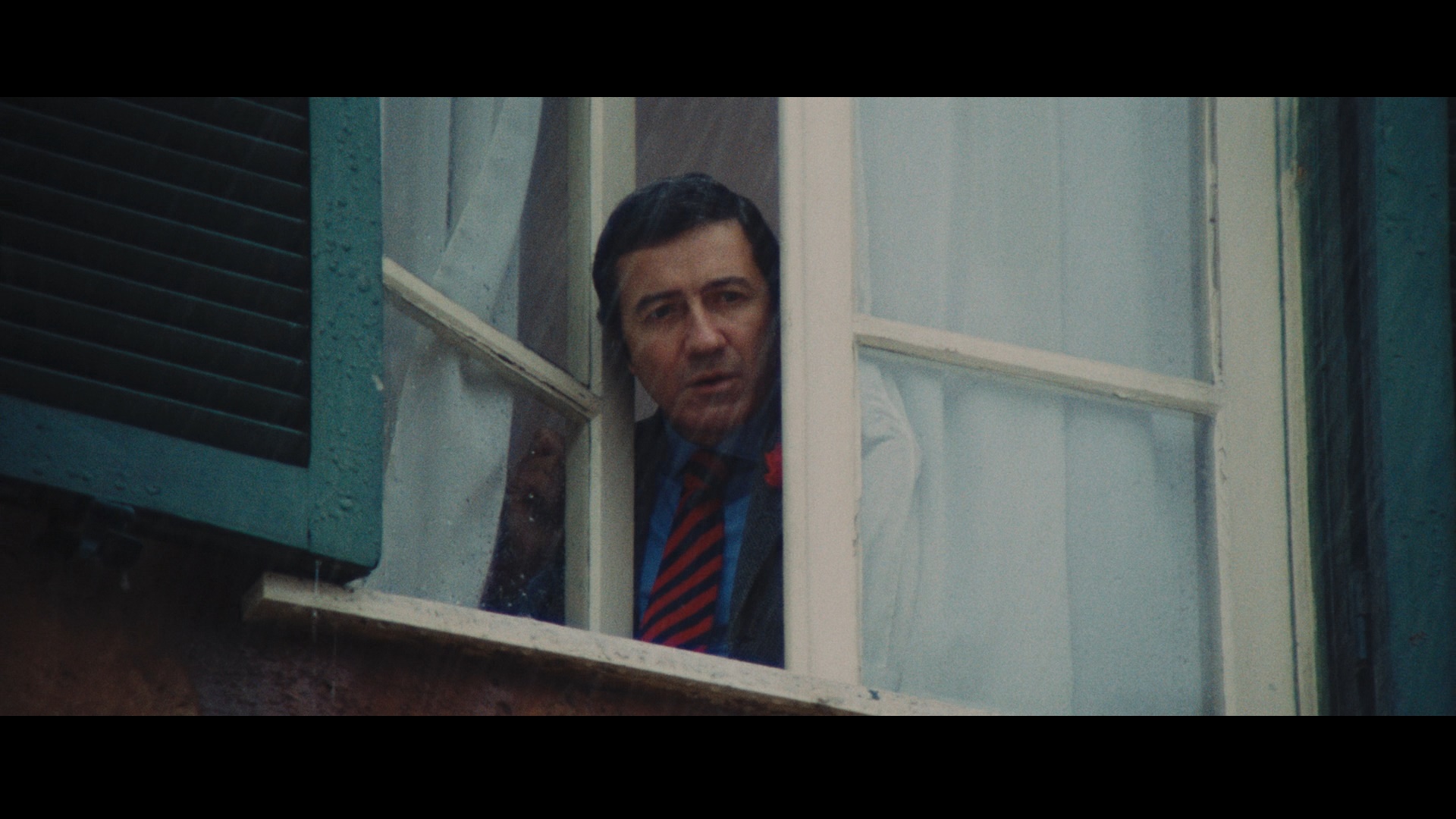
![]()